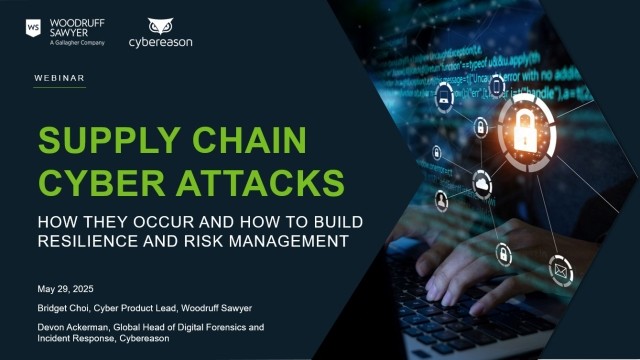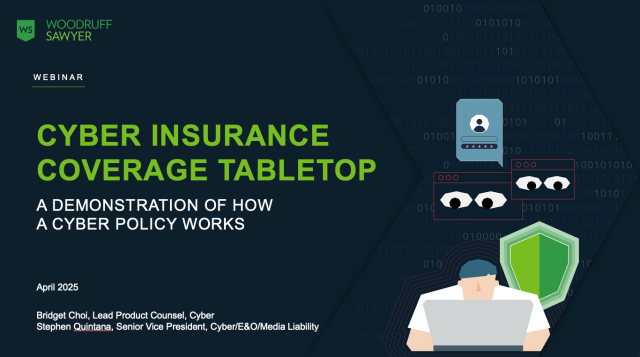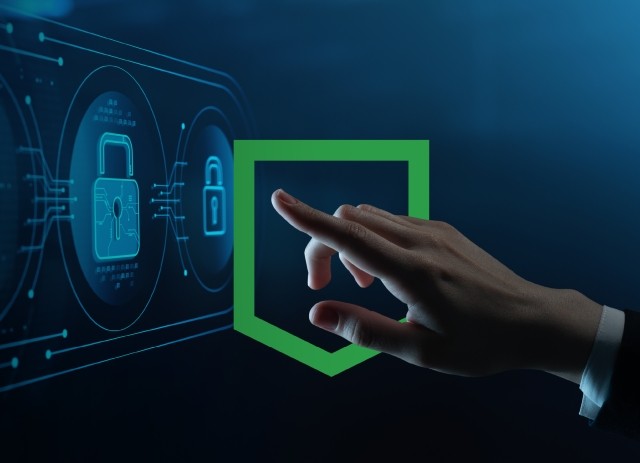Blog
Preventing Data Leakage
Data leakage, also known as data exfiltration or data spillage, refers to the unauthorized transfer of sensitive data from an organization’s internal network to an external location. This can occur through various means, such as email attachments, cloud storage, social media, or USB drives.

Data leakage can have serious consequences for organizations, including financial losses, reputational damage, and legal liabilities. To prevent data leakage, organizations use a variety of tools and strategies known as data loss prevention (DLP).
DLP tools can be divided into two categories: network-based and endpoint-based.
- Network-based DLP tools monitor the flow of data within an organization’s network and identify any suspicious or anomalous activity. They can block data transfers or alert the relevant authorities if they detect an attempted data leakage.
- Endpoint-based DLP tools are installed on individual devices, such as computers or mobile phones. They monitor data access and use on these devices and can prevent the unauthorized transfer of data.
Is one type of tool better or more effective than the other regarding the prevention of data leakage? The answer is not that simple—let’s take a closer look at each.
Network-Based Tools to Mitigate Data Leakage
A network-based DLP tool may be configured to monitor email traffic and look for emails containing sensitive information that are being sent to unauthorized recipients. If such an email is detected, the DLP tool can block the email from being sent or alert an information security department about an attempted exfiltration of confidential data.
Network-based DLP tools can also monitor other types of data transfers, such as those occurring through cloud storage, file-sharing services, or social media. In some cases, they can block these transfers, along with the alerts sent to the information security team.
One of the main advantages of network-based DLP tools is that they provide a centralized approach to data protection. And since these tools monitor data flow within the entire network, they can detect and prevent data leakage regardless of the location or device from which the data is being transferred.
Additionally, network-based DLP tools can be configured to monitor data flow in real time, allowing organizations to quickly identify and respond to any attempted data leakage. This can be especially useful in preventing large-scale data breaches.
Mitigating Data Leakage with Endpoint-Based DLP Tools
Endpoint-based DLP tools, on the other hand, apply information security policies to sensitive data at the device level. For example, an endpoint-based DLP tool may be installed on an employee’s computer and configured to monitor the files being accessed or transferred from that computer. If the DLP tool detects an attempt to transfer a sensitive file to an unauthorized location, it can block the transfer or notify an information security team.
Endpoint-based DLP tools can also monitor data access and use on other types of devices, such as smartphones or tablets. They can prevent unauthorized data transfers from these devices or alert authorities if they detect an attempted data leakage.
One of the main advantages of endpoint-based DLP tools is that they provide a more granular approach to data protection. Because they monitor data access and use on individual devices, they can detect and prevent data leakage at the source rather than relying on network-wide monitoring.
Another useful aspect of endpoint-based DLP tools is that they can be configured to enforce specific policies, such as preventing the copying of certain types of files or limiting access to certain websites. This can help organizations better control the access and use of sensitive data on individual devices.
A Hybrid Approach to Data Leakage Prevention is Ideal
One of the most effective ways to prevent data leakage is to implement a combination of both network-based and endpoint-based DLP tools. This allows organizations to monitor data flow both within their networks and on individual devices, providing a more comprehensive approach to data protection.
Another important aspect of DLP is the use of policies and procedures. Organizations should have clear policies in place that outline what types of data can be shared, with whom, and under what circumstances. These policies should be communicated to all employees and strictly enforced. Additionally, organizations should have procedures in place for responding to data leakage incidents, including identifying the source of the leak, determining the extent of the damage, and implementing corrective measures.
In conclusion, data loss prevention tools and policies are essential for protecting an organization’s sensitive data from unauthorized access and leakage.
By implementing a combination of network-based and endpoint-based DLP tools and establishing clear policies and procedures, organizations can effectively prevent data leakage and minimize the risks associated with data exfiltration.
Author
Table of Contents










